Scooping cat poop daily? Yeah, no thanks. An automatic litter box can handle that mess for you. These clever devices detect when your cat does their business, then clean up after them like a silent little janitor. Some even track bathroom habits to help spot anything unusual.
Here's a fun fact: the average cat parent spends about 20 minutes a week scooping litter. That's over 17 hours a year. What could you do with that time instead?
If you're tired of the daily doo-doo chore or just want a cleaner, fresher-smelling space, you're in the right place. Keep reading to learn what makes these high-tech litter boxes so purr-fectly useful, starting with a sneak peek at the top options.
6 Best Automatic Litter Boxes to Consider
Best Overall – Litter-Robot 4 Automatic Self-Cleaning Litter Box
Best Budget-Friendly – PetSafe ScoopFree Smart Self-Cleaning Litter Box
Best for Multi-Cat Homes – LitterMaid Multi-Cat Self-Cleaning Litter Box
Best Odor Control – Whisker Litter-Robot 3 Connect
Best for Small Apartments – CatGenie A.I. Self-Washing Cat Box
Best Smart App-Connected Option – Casa Pear Leo's Loo Too
What Is an Automatic Litter Box?

An automatic litter box is a self-cleaning toilet for your cat. It senses when your cat finishes using it, then quietly cleans up the mess. The waste gets moved into a hidden bin, leaving the surface fresh for the next visit.
Many models come with built-in odor control like carbon filters or covered waste trays. Some use rotating barrels while others use rake systems. You won't have to scoop every day, and your cat gets a tidy place to go. It's a smart way to keep things clean without constant work.
How It Works Compared to Traditional Litter Boxes
A traditional litter box puts all the responsibility on you. You scoop the cat litter, clean the litter tray, refill it when needed, and manage odor by staying on top of it every day. If you forget or skip a day, the smell builds fast, and your cat may look for another spot. Waste sits exposed, which attracts bacteria and creates discomfort for cats that prefer a clean space every time they go.
An automatic litter box steps in as your personal cleanup crew. After your cat leaves, built-in safety sensors trigger a timed cleaning cycle. Depending on the model, the box may use a rake to sweep waste into a sealed waste drawer or rotate to sift clumps and isolate them. Some units even use flushing systems or UV lights to sanitize the area. The waste bin remains closed to contain smells, and many boxes include odor filters or liners for extra freshness.
Higher-end units go beyond cleaning by tracking litter box usage, changes in your cat's bathroom habits, and even monitoring your cat's weight. These features sync with mobile apps so you can keep tabs on health, activity, and when it's time to empty the tray.
Are Automatic Litter Boxes Safe for Cats?
Yes, automatic litter boxes are safe when used correctly and introduced at your cat's pace. Most are equipped with motion sensors that detect your cat's presence. If your cat re-enters the box or lingers nearby, the cleaning cycle is paused automatically to prevent accidents. This safety pause ensures the system never starts while your cat is inside or too close to the moving parts.
Some units add an extra buffer by delaying the cleaning for several minutes after your cat leaves, giving them plenty of time to clear the area. The motors used in many modern boxes are designed to be quiet and smooth, which helps reduce fear in noise-sensitive cats. Features like low vibration, slow movement, and quiet gears make the transition easier and help your cat build trust with the new setup.
Choosing a model that fits your cat's size and personality makes a big difference. A spacious entry is helpful for larger cats, while a quiet box may better suit shy or anxious cats. Taking time to introduce the box slowly, while leaving it powered off at first—can help your cat feel safe exploring it. Once they're familiar with the shape, smell, and setup, most cats adjust comfortably to the routine.
Why Pet Owners Love Automatic Litter Boxes
The scoop-free life is calling, and cat parents are all in. An automatic litter box makes daily cleanup simple by handling waste without constant scooping. It keeps things fresh, saves time, and supports a cleaner home overall.
From odor control to busy-day convenience, these boxes offer relief. Here's why people can't stop raving about them.
Hands-Free Cleaning for Busy Schedules
For anyone with a packed calendar, daily scooping often becomes an afterthought. A self-cleaning litter box steps in to take that task off your list. Once your cat leaves the box, built-in sensors trigger a cleaning cycle that pushes waste into a sealed waste drawer. This happens automatically, so you don't have to be home or remember to do it yourself.
It's ideal for people with long workdays, active families, or even pet sitters managing several pets. With less daily upkeep, it's easier to stick to a tidy routine. The box stays ready for use while you focus on more important parts of your day. Instead of scooping, you're just checking the waste bin a few times a week.
Helps Reduce Odor and Bacteria Buildup
Leaving the cat's waste sitting in a box invites strong odors and bacteria. Automatic litter boxes work quickly by clearing messes right after use, so waste doesn't linger. This limits the buildup of ammonia smells that can spread throughout your home and keeps the litter tray more sanitary.
Sealed waste drawers with carbon or charcoal filters keep those smells locked inside. These filters absorb odor particles before they escape, which is especially helpful in small apartments or homes with poor airflow. Fast waste removal also reduces moisture, which helps prevent skin irritation for cats with sensitive paws. A dry, clean surface keeps both your space and your cat feeling fresh.
Ideal for Multi-Cat Households
Sharing a litter box can be stressful for cats, especially if it gets messy quickly. In homes with multiple cats, waste builds up faster, and a regular litter box may need several scoops a day. A high-performing automatic litter box handles that by resetting itself after every visit, offering a clean surface each time.
Some units are built with multi cat household use in mind. They feature extra-large waste bins, stronger motors, and faster cleaning intervals to handle frequent traffic. By keeping the box clean, cats are less likely to compete or avoid it. Using two or more units in high-use areas helps prevent accidents and spreads usage more evenly.
Encourages Litter Box Use in Picky Cats
Cats who are picky about cleanliness won't tolerate dirty litter for long. If the box smells or has visible waste, they might hold it or go somewhere else. An automatic cat litter box eliminates that issue by refreshing the litter after every visit. The result is a spotless surface ready for the next trip.
Many robotic litter boxes clean gently and quietly, which is helpful for cats who get startled easily. A low-noise system makes them feel safe while keeping things tidy. Over time, your cat learns that the box stays clean, helping reduce anxious behaviors and encouraging better litter habits overall.
Can an Automatic Litter Box Help With Litter Training?
Cats learn routines fast, especially when the space they use is always clean. A self cleaning box helps set those expectations early, making it easier for new cats to adjust. No lingering smells, no leftover clumps, just a fresh spot every time they step in. This makes it less likely for them to avoid the box or have accidents nearby.
Some models include lower entrances or ramps to help kittens or smaller cats climb in easily. Features like night lights also guide new cats to the box after dark, which can support training at any hour. The more positive and predictable the experience, the quicker good habits form. That's a big win during the early stages of litter training.
What to Look for in the Best Automatic Litter Box
The best automatic litter boxes combine smart tech, easy maintenance, and comfort for your cat. Some models focus on cleaning speed, others on odor control or quiet motors.
A good automatic litter box should match your cat's habits, litter preferences, and the number of pets in the home. Don't forget to consider things like safety sensors, litter type compatibility, and how often the waste drawer needs emptying.
Self-Cleaning Mechanism Type (Rake vs. Rotation vs. Flushing)
All self cleaning litter boxes clean differently. Each method has its perks and works better for certain home setups.
- Rake System. A motorized rake moves through the litter a few minutes after your cat leaves. It scrapes clumps into a lined tray or waste bin. These boxes are usually quieter and simple to use with clumping litter, making them great for smaller homes.
- Rotating Drum. The box spins to separate waste from clean litter. This method is popular in units like the Litter Robot 4. It works well for multi cat households, handles larger loads, and keeps the surface clean after every cycle.
- Flushing Mechanism. These connect to a drain line and flush waste using water or cleaning solution. It's more advanced and better for people who want less hands-on upkeep. Great for cat owners who prefer a fully automated cleaning litter box experience.
Sensor Sensitivity and Cat Safety Features
Automatic litter boxes rely on sensors to keep your cat safe while ensuring smooth operation. These sensors detect motion or weight changes and signal the system to pause if your cat is near. This prevents the cleaning cycle from starting while your cat is still inside or about to re-enter. For curious kitties who like to inspect the box after using it, this feature is especially important.
Some models use pressure-sensitive pads that respond to your cat's weight, while others rely on infrared or motion tracking. High-quality sensors reduce the chance of early starts or missed triggers. It's also helpful to choose a unit that allows a customizable delay, so the cleaning cycle starts only after your cat has completely left the litter tray. This extra window of time helps avoid accidents and makes the transition easier for cats still getting used to their new setup.
Waste Disposal and Odor Control System
Odor and waste buildup are two of the biggest issues with any cat litter box. Advanced automatic litter boxes solve this with layered odor protection and smart waste handling. Sealed waste drawers trap smells before they spread. Many systems use carbon or charcoal filters that neutralize odors instead of just covering them. Some models include disposable liners or reusable bins that keep mess contained and easy to clean.
Higher-end systems separate liquid waste from solids, which slows down bacteria growth and keeps the inside of the litter hopper dry. Dry litter stays fresh longer and is more comfortable for your cat. A larger waste receptacle reduces how often you need to empty the bin, which helps when managing multiple cats or a busy schedule. With the right setup, you'll deal with fewer smells, less moisture, and a cleaner home overall.
App Integration, Alerts, and Monitoring Features
Smart automatic litter boxes take convenience further by linking to your smartphone. These connected units monitor things like litter level, cleaning cycles, and waste bin status, then send alerts straight to your device. This eliminates the guesswork of knowing when to add more litter or empty the waste drawer.
Some apps track long-term data such as how often your cat uses the box, what time they visit, and any changes in bathroom habits. This is especially helpful if you're monitoring the health of three cats or more. Tracking changes like increased use or skipped visits can alert you to possible issues before they become serious. For those who like to monitor their cat’s habits without the extra work, these smart features deliver real benefits.
Litter Type Compatibility (Clumping vs. Crystal)
Each automatic litter box is built to work with a specific type of cat litter, and using the wrong one can cause jams or poor cleaning. Certain models work best with clumping litter, which creates firm clumps that the system can easily remove during each cleaning cycle. These are ideal for rake-style or rotating units that rely on solid waste to clear efficiently.
Other models use crystal litter, which absorbs moisture and dries out cat's waste instead of clumping. These are usually paired with disposable trays or specialized systems that isolate waste in a separate compartment. If your cat already prefers a certain type, look for a unit that supports it. Using regular litter like clay litter in a system meant for crystals or vice versa, can cause mechanical issues and poor odor control. Always check the box specs and your cat's preferences before making the switch.
Types of Automatic Litter Boxes
Not all automatic litter boxes are built the same. Some are smart and techy, while others keep it simple. You'll find compact models, high-capacity designs, and options with full enclosures. Each style fits a different kind of home and cat. Let's break down the top types to help you choose the right match.
Fully Enclosed vs. Open Designs
A fully enclosed automatic litter box offers cats a quiet, private place to do their business. The enclosed shell helps block out light and sound, making it ideal for cats who get nervous or distracted easily. These boxes are also great for containing clumping litter, reducing tracking, and keeping everything inside. In busy homes with other pets or kids, an enclosed unit can help your cat feel secure and protected while using the box.
On the other hand, open self-cleaning litter boxes provide a spacious and accessible layout. They work well for larger cats or cats who dislike the feeling of being trapped. Open designs allow more airflow, which can help keep clean litter dry and reduce odors between cleaning cycles. They also make it easier for pet owners to monitor the litter level, clean the unit, and check the waste drawer without opening a cover or lid.
Wi-Fi Smart Litter Boxes with App Control
Smart robotic litter boxes take the guesswork out of cat care by connecting directly to your phone. These models can send real-time updates on waste bin levels, cleaning cycle timing, and litter box usage. The app helps you stay on top of things even when you're away from home, making it easy to track habits and routine changes with just a tap.
Some models go further by tracking your cat's weight and activity in the box. This can help catch early signs of changes in bathroom habits, which is useful for long-term health monitoring. The ability to adjust cleaning schedules, get reminders, and log activity gives cat owners more control and confidence in their daily care routine. These features make smart boxes a strong choice for tech-savvy pet parents.
Compact Models for Small Spaces
If your home has limited room, a compact automatic cat litter box can still offer convenience without taking up valuable space. These designs are slim and efficient, making them perfect for tight spots like bathrooms, hallways, or under counters. Even though they're smaller, many still include motion sensors, odor control, and full cleaning cycles.
Most compact models use scaled-down waste bins and litter trays, so they work best in single-cat homes. They're a good match for one cat or a young kitten starting litter training. Their minimal footprint helps reduce clutter while still providing the same hands-free cleaning that larger units offer. For apartment dwellers or anyone with limited square footage, a compact model keeps things tidy without sacrificing performance.
Multi-Cat Compatible Units
Managing litter box usage in a home with multiple cats can be tough, but some automatic litter boxes are made just for this challenge. These models are built with stronger motors and faster cleaning schedules to handle higher traffic. They often include expanded waste drawers, larger litter trays, and more durable materials to support frequent use.
Multi-cat units also help reduce competition and litter box stress. When each cat finds the box clean every time, you're less likely to run into accidents or behavioral issues. Some units even track individual usage if connected to an app, giving better insight into who's going when. For multi cat households, choosing a box designed for high volume helps cut back on mess, odor, and scooping time.
Best Automatic Litter Boxes to Consider
There's no one-size-fits-all when it comes to the best automatic litter boxes. Each model offers something different, from app features to odor-fighting power.
Some are built for big households, while others fit small spaces. If you're hunting for a smart, scoop-free upgrade, here are top options worth checking out next.
Best Overall – Litter-Robot 4 Automatic Self-Cleaning Litter Box

The Litter-Robot 4 Automatic Self-Cleaning Litter Box offers a high-tech way to manage your cat's mess. This automatic litter box scoops for you, neutralizes smells, and keeps litter fresh between uses. It tracks litter box usage and even shows your cat's weight inside the app.
Its enclosed waste drawer traps odors while the included step helps reduce tracking. It fits up to four cats, making it ideal for any multi cat household that needs better clean litter with less work.
Best Budget-Friendly – PetSafe ScoopFree Smart Self-Cleaning Litter Box
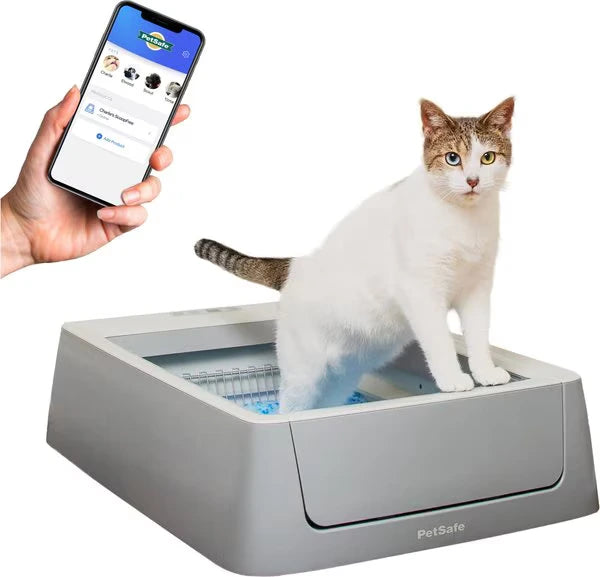
The PetSafe ScoopFree Smart Self-Cleaning Litter Box gives great value without cutting corners. It uses crystal litter in a disposable tray that locks in moisture and cuts down on smells. The automatic rake kicks in 20 minutes after your cat leaves, pushing waste into a sealed trap.
The free app sends updates about your cat's bathroom habits and reminds you when to swap trays. With no scooping and quick monthly changes, it's perfect for low-maintenance cat owners.
Best for Multi-Cat Homes – LitterMaid Multi-Cat Self-Cleaning Litter Box

The LitterMaid Multi-Cat Self-Cleaning Litter Box is built tough for busy homes. It handles big messes with a strong rake that clears out waste after each visit. The high walls help keep clumping litter inside and reduce scatter.
It includes carbon filters in the waste receptacle to lock in odors. With fewer scooping duties and roomy design, this self cleaning box makes cleanup easy for homes with multiple cats over 15 pounds.
Best Odor Control – Whisker Litter-Robot 3 Connect

If smell is your biggest concern, the Whisker Litter-Robot 3 Connect is a solid pick. Its self-cleaning system sifts waste into a sealed, carbon-filtered waste bin moments after your cat finishes. The enclosed design helps contain smells while saving on litter use.
You can monitor the automatic litter system using the Connect app to track cleaning cycles and check waste drawer levels. It's smart, efficient, and great for homes that need serious odor control.
Best for Small Apartments – CatGenie A.I. Self-Washing Cat Box

The CatGenie A.I. Self-Washing Cat Box is a space-saving wonder for tight homes. It doesn't use regular litter—instead, it flushes cat's waste, washes special granules, and dries them after each use. The unit connects to your plumbing and handles everything automatically.
The app lets you adjust settings and monitor the cleaning schedule from anywhere. It's ideal for apartments needing a low-odor, hands-free system that keeps up with your cat's habits and stays fresh every day.
Best Smart App-Connected Option – Casa Pear Leo's Loo Too

The Casa Pear Leo's Loo Too brings smart design and pet care together. This self cleaning litter box uses radar and sensors to detect visits, then clears the litter tray quietly. A bamboo filter and UV light help reduce bacteria and smells.
The app sends alerts about waste levels, tracks your cat's weight, and logs each trip. Compatible with Alexa and Google, it's modern, sleek, and perfect for curious kitties and pet parents who love pet tech.
Is an Automatic Litter Box Right for Your Cat?
A switch to an automatic litter box can bring relief to your routine, but it should match your cat's habits. Some cats enjoy a tidy space and adjust fast. Others might be unsure at first.
Think about your cat's comfort, space needs, and sensitivity to sounds. The right box can reduce scooping, improve odor control, and keep your cat happy with clean litter after each use.
Considerations for Senior Cats or Kittens
Very young and older cats may need extra support when using an automatic litter box. Their size, mobility, and sensitivity play a big role in comfort.
- Entry Height Matters. A high step can be tricky for aging cats with mobility issues or tiny kittens still learning. Choose a low-entry model or one with a ramp to help them move in and out with ease.
- Cleaning Cycle Timing. Some robotic litter boxes activate soon after the cat leaves, which might spook smaller or older cats. Look for options that let you control or delay the cleaning schedule manually.
- Sensor Responsiveness. Kittens may be too light to trigger standard safety sensors, and larger seniors might need stronger detection. Choose a box with adjustable settings to fit your cat's weight and habits.
How to Transition a Cat to an Automatic Litter Box
Switching from a traditional litter box to an automatic one should be slow and calm. Start by placing the new box in the same spot as the old one. Don't turn on the cleaning cycle right away. Let your cat sniff, explore, and get used to the new shape and smell.
Use the same clumping litter or crystal litter they're already used to. Once they use it regularly, turn on the cleaning. Watch their reaction. Most cats adjust in a few days, but give extra time if they seem unsure.
Do All Cats Accept Automatic Litter Boxes?
Cats are creatures of habit, and not all of them welcome change right away. A self-cleaning litter box may feel strange at first, especially if it makes noise or moves unexpectedly. Some cats will sniff, pause, and walk away a few times before using it. The key is to introduce the box gradually.
Place the new box next to the existing litter box and keep both available for a few days. Leave the automatic box turned off at first so it doesn't startle them with motion or sound. Sprinkle a bit of used cat litter into the new box to give it a familiar smell.
Once your cat starts using it, turn on the cleaning function. If they stay calm during the cycle, you're on the right track. Most cats adapt with a little time and patience.
Will a Self-Cleaning Litter Box Work for Large Breeds or Overweight Cats?
Large or overweight cats need a self-cleaning box with more space and support. A small or compact unit may feel too tight, causing discomfort or litter messes outside the tray. Look for models labeled as suitable for larger cats or multiple cats, which typically offer wider openings and deeper interiors.
A good fit will allow your cat to turn around, dig, and cover waste without crowding. Check the litter tray dimensions and how much litter the box can hold. The waste drawer should also be large enough to handle bigger clumps and extra volume.
Make sure the safety sensors can register your cat's weight accurately to avoid missed cycles. Brands that list weight limits or max cat counts help you pick the right model with confidence.
FAQs About Automatic Litter Boxes
Still have questions? A self-cleaning litter box may sound high-tech, but once you understand how it works, it's actually pretty simple. Here are some of the most common things cat owners ask before making the switch.
How Loud Are Automatic Litter Boxes?
Most automatic litter boxes are designed to be quiet, but the volume depends on how the machine cleans. Rake-style systems usually make a soft scraping sound, while rotating drums produce a slow whirring noise. Models like the Litter Robot 4 operate under 30dB, which is about as loud as a whisper.
For homes with curious kitties or easily startled cats, it's smart to look for boxes with soft-start motors and vibration control. Sound levels may seem minor to people, but they can make a big difference for pets who prefer a quiet bathroom experience.
Do You Still Need to Scoop With an Automatic Litter Box?
Even though automatic litter boxes work on their own, they still need a little help now and then. Waste gets pushed into a waste bin, but occasional clumps may stick to the litter tray walls or corners. Using clay litter or pellet litter can sometimes leave residue behind, especially after a heavy use day.
A quick scoop once or twice a week clears anything the system missed. You'll also need to swap out waste bags, clean surfaces, and reset the box during your regular deep cleaning routine. It's minimal compared to a standard litter box, but not completely hands-off.
Are Automatic Litter Boxes Worth It Long-Term?
Over time, a high-quality automatic litter box can save you both time and effort. You'll use less cat litter thanks to efficient sifting, and spend fewer minutes each week scrubbing and scooping. Some models even help monitor litter box usage and cat's weight, giving insight into changes in health.
In multi-cat households, the time savings are even more noticeable. Although the initial cost is higher than a regular litter box, the daily convenience and cleaner home often make up for it. It's a long-term solution that supports better hygiene and an easier routine for cat owners.
What Happens if the Power Goes Out?
When the power cuts out, your automatic litter box pauses all functions until it's restored. The box won't run a cleaning cycle, but your cat can still use the unit like a normal litter box. That means scooping by hand until power returns.
Some boxes resume automatically from where they stopped, while others may need a manual restart. To stay prepared, keep a scoop and extra waste bags nearby. It's also helpful to give the waste drawer a quick check once the power comes back to be sure it didn't get overloaded during the pause.
Cleaning and Maintenance Tips for Automatic Litter Boxes
A self cleaning litter box can't stay fresh on its own forever. A little routine upkeep helps the system stay fresh and running well.
Cleaning helps prevent clogs, keeps cat litter fresh, and makes sure your cat always has a clean space to go. Follow a simple routine and your box will work like new for the long haul.
How Often Should You Empty the Waste Tray?
How frequently you need to empty the waste drawer varies based on your cat’s routine and household size. Most automatic boxes fill up every 3 to 7 days. If you have multiple cats, you'll likely need to empty it more often.
Some models include a control panel or app alert that tells you when the waste bin is full. Skipping this step too long can lead to clogs or even stop the cleaning cycle. Try to check it every few days, especially in the beginning, until you get used to your cat's routine. It's better to stay ahead of it than deal with a mess later.
Best Cleaning Practices for Long-Term Function
Taking good care of your automatic cat litter box means fewer breakdowns and a better experience for your cat. Regular upkeep keeps the machine running quietly and helps prevent odor buildup.
- Wipe Sensors and Surfaces Weekly. Litter dust and cat hair can block safety sensors and confuse the box's timing. Use a lint-free cloth to softly clean around the sensors, sides, and display area. A blocked sensor may delay or skip a cleaning cycle.
- Replace Liners and Filters Often. Liners in the waste receptacle catch the mess and make emptying easier. Swap them every time you clean out the waste bin. Change odor filters every few weeks or as needed to keep things smelling fresh.
- Use Compatible Litter Only. Always stick to the recommended cat litter type. Using pellet litter in a litter robot built for clumping litter can cause jams. Stick with what's listed in the manual for the best results and fewer issues.
- Do a Deep Clean Once a Month. Take the unit apart and rinse each part with warm, soapy water. Avoid soaking electronic parts, and always let everything dry fully before plugging it back in. Deep cleaning removes stuck-on waste and keeps parts from wearing out too soon.
Which Features Are Most Valuable for You and Your Cat?
Every cat has their own style, and not all automatic litter boxes check the same boxes for comfort or ease. The right features can make all the difference in how well the box fits your daily routine.
From odor control to smart tracking, it's worth looking at what features matter most to both of you. Here's a quick look at the ones that often stand out for pet owners and their furry sidekicks.
Convenience vs. Cost
The biggest trade-off with a self-cleaning litter box is upfront cost versus long-term ease. While many models cost more than a standard litter box, they save time and reduce litter waste.
Some also use less cat litter overall and keep your home smelling better. You won't need to scoop daily or deal with sudden odor control emergencies. Think of it like pet tech that pays you back in saved chores. For many pet owners, that's money well spent.
Size and Entry Access
Cats come in all shapes and sizes, so the box should match. If you have a kitten, senior, or larger cat, the entry point needs to be low and wide. Tight spaces or awkward steps can lead to fewer visits and more mess. Look for a roomy automatic litter box with an open design or built-in ramp. The easier it is to step in and out, the more your cat will feel at home.
Odor Control System
Smells can sneak up fast in a self cleaning litter box without the right tools. A good odor control setup includes carbon filters, sealed waste drawers, or covered bins that trap smells inside. If your cat is picky or your space is small, this feature becomes a must. Some boxes even add UV lights or deodorizing sprays to keep things fresh. A reliable odor filter can keep your home clean and your cat coming back.
Smart Alerts and App Features
Tech lovers will love a box that talks back. Many modern robotic litter boxes connect to your phone and send updates about litter level, waste drawer status, or cleaning reminders. Some even track your cat's weight and litter box usage over time. These insights help spot changes in behavior early. If you're always on the go, this feature makes it easier to stay on top of your cat's routine.
Litter Compatibility
Not every box plays nice with every cat litter. Some need clumping litter for proper scooping, while others only work with crystal litter or specific granules. Using the wrong type can jam the system or leave clumps behind. Before buying, double-check what works with the box you're considering. Matching your cat's preferred litter with the box's design is the easiest way to avoid cleanup headaches later.
Final Thoughts – Are Automatic Litter Boxes Worth It?

An automatic litter box can turn daily cleanup into a hands-free routine that saves time, reduces mess, and keeps things fresh. It's a smart upgrade for many cat owners, especially in homes with busy schedules or multiple cats. These techy boxes help your cat feel more comfortable while giving you more freedom.
If you're already focusing on your pet's wellness with extras like HolistaPet's CBD treats, calming oils, or daily care products, then upgrading their bathroom is just another step toward better care. Cleaner space, happier pets—it's a win all around.



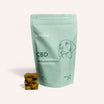



![Probiotics For Dogs [Soft Chews] - HolistaPet](http://www.holistapet.com/cdn/shop/files/Probiotic-Infographic-1_472d7a29-e30c-435a-9638-1365d8c3a9f9.jpg?v=1725384841&width=104)
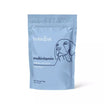




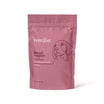



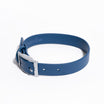
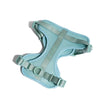
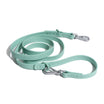

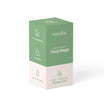
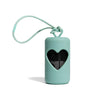
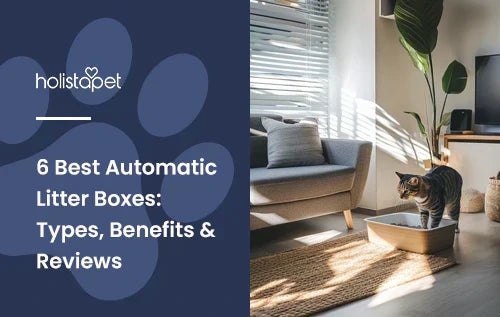


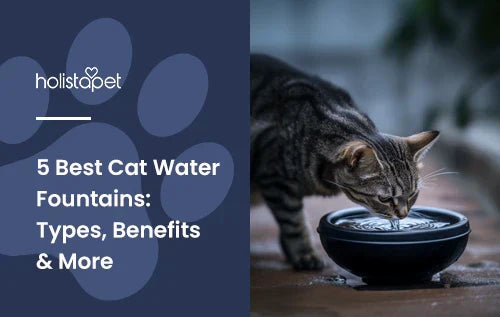
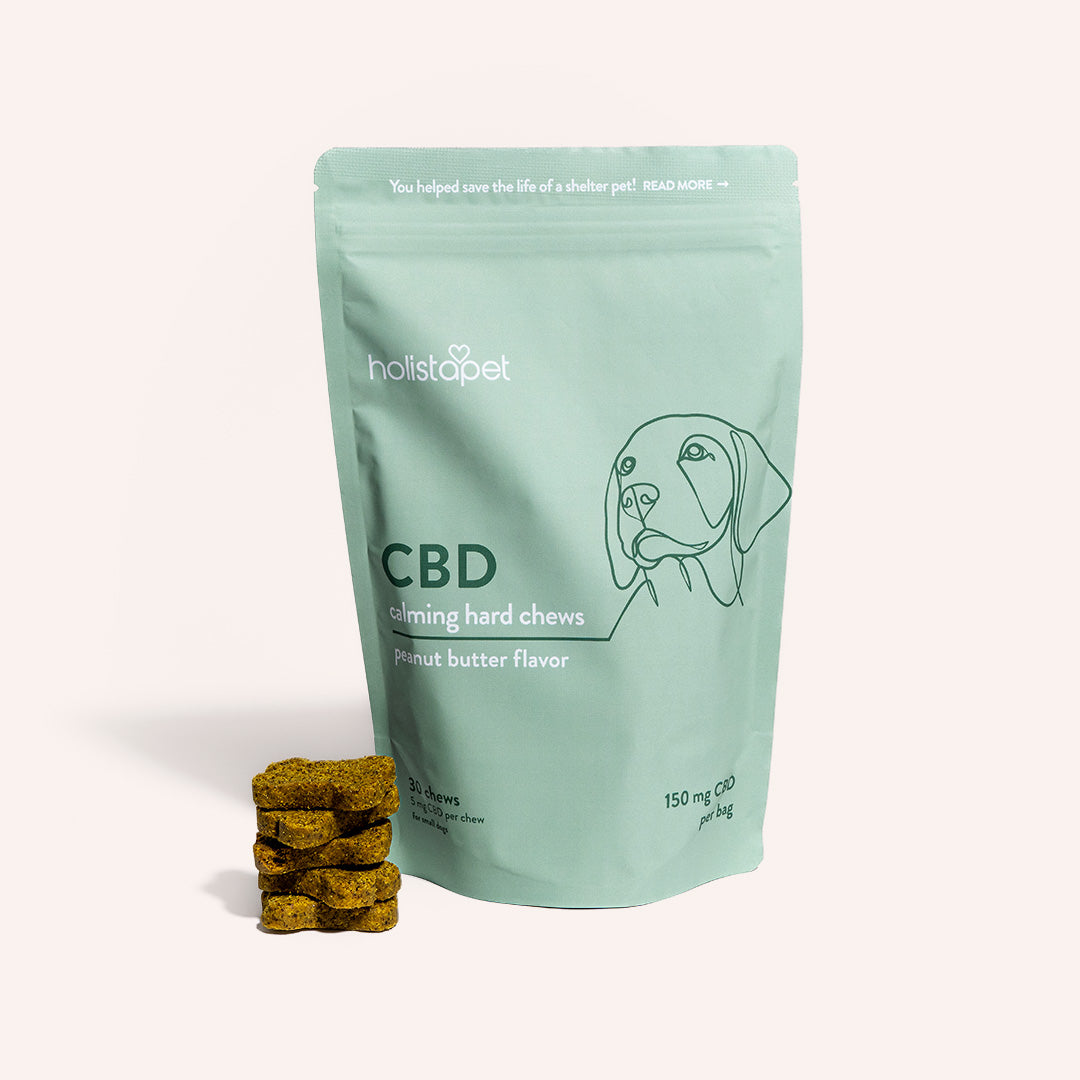
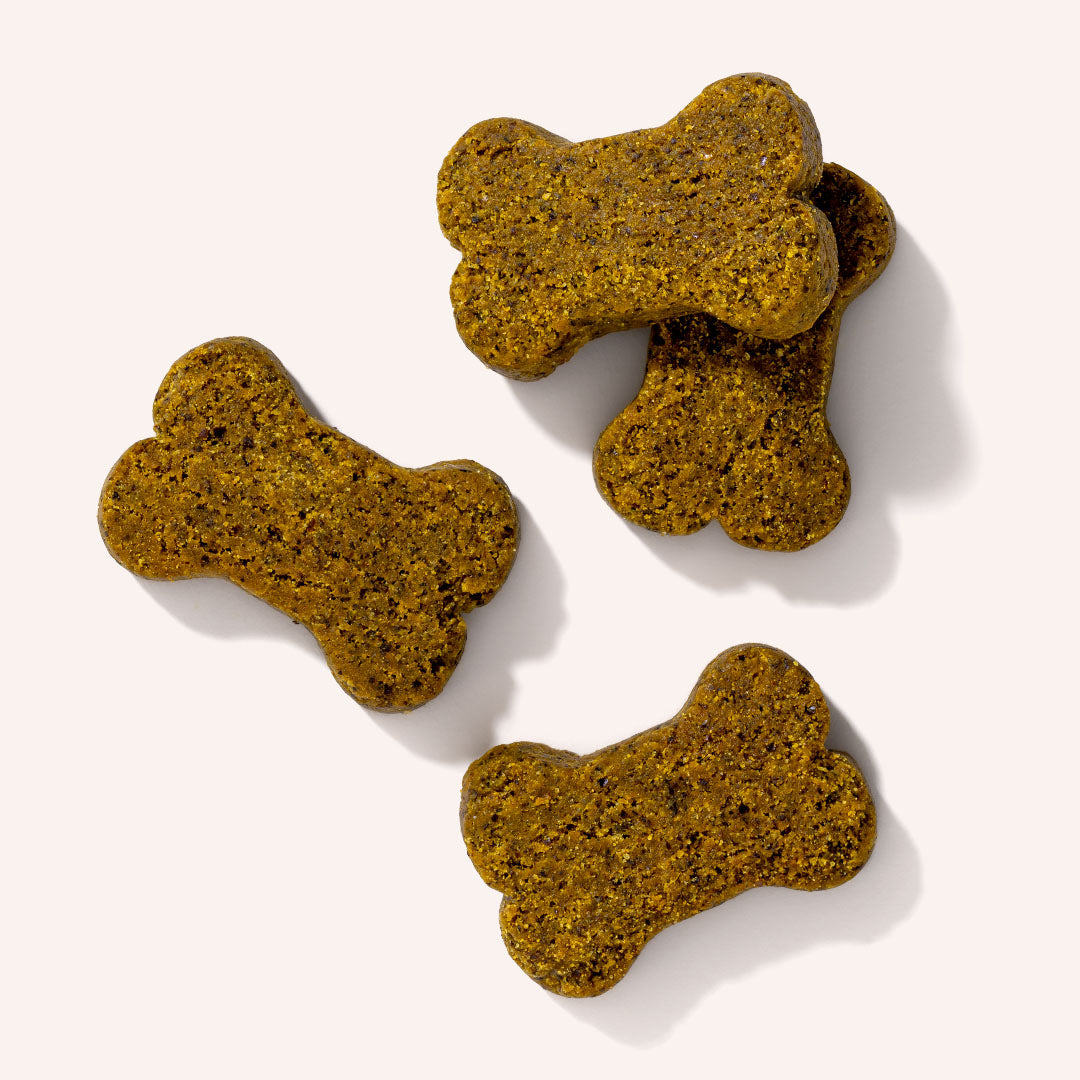





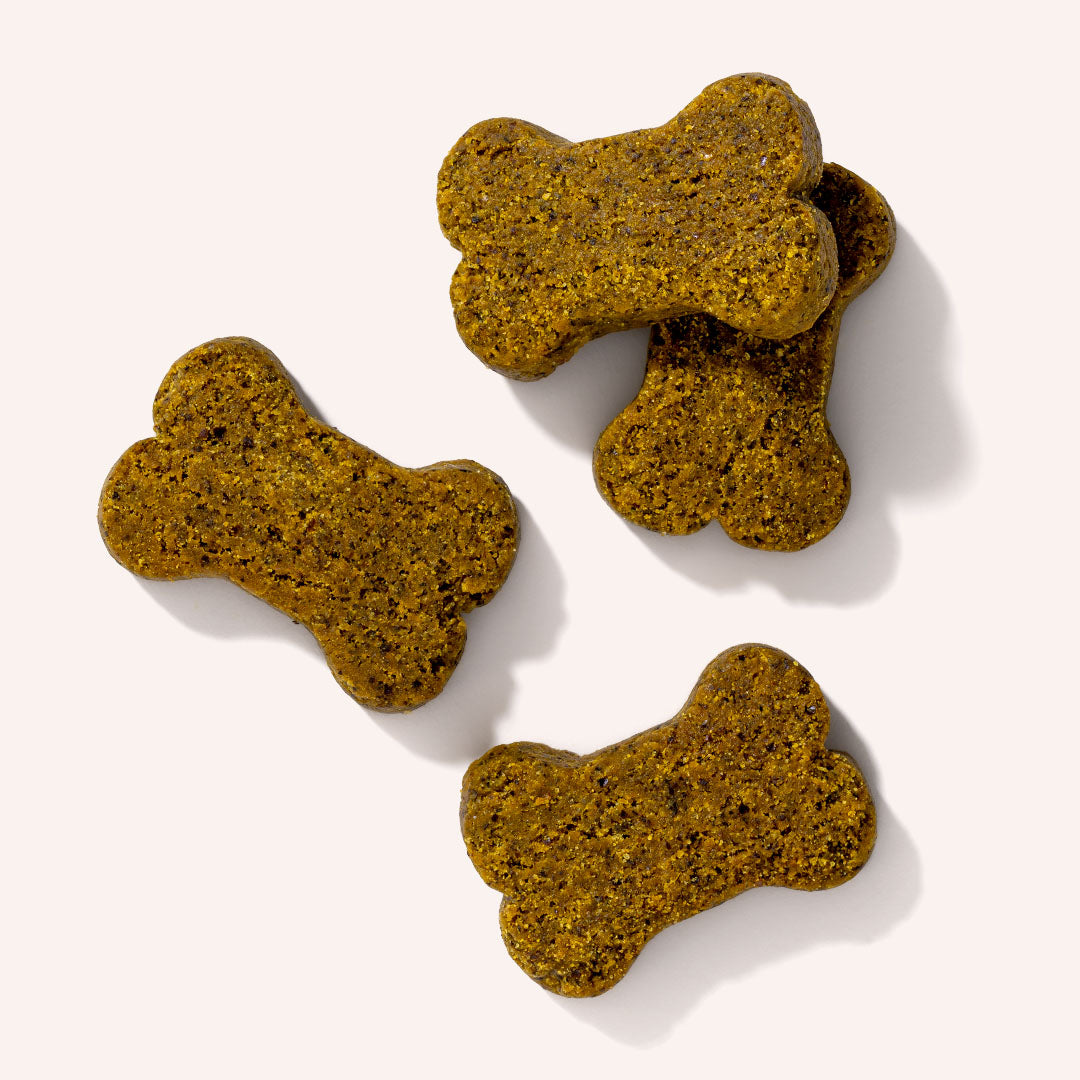

Leave a comment
All comments are moderated before being published.
This site is protected by hCaptcha and the hCaptcha Privacy Policy and Terms of Service apply.